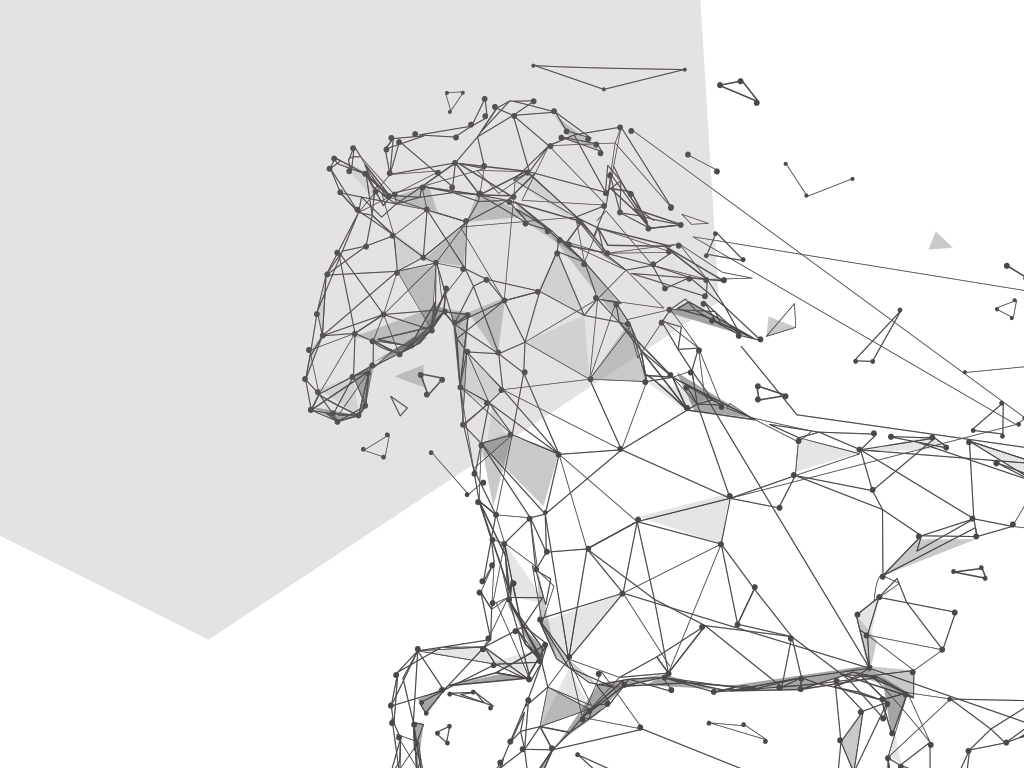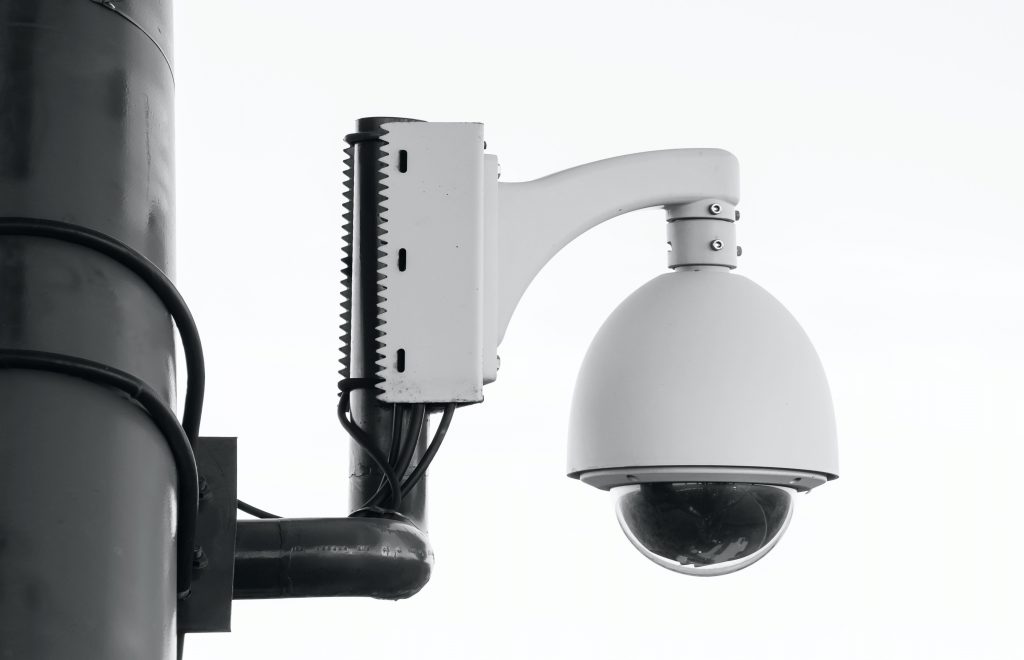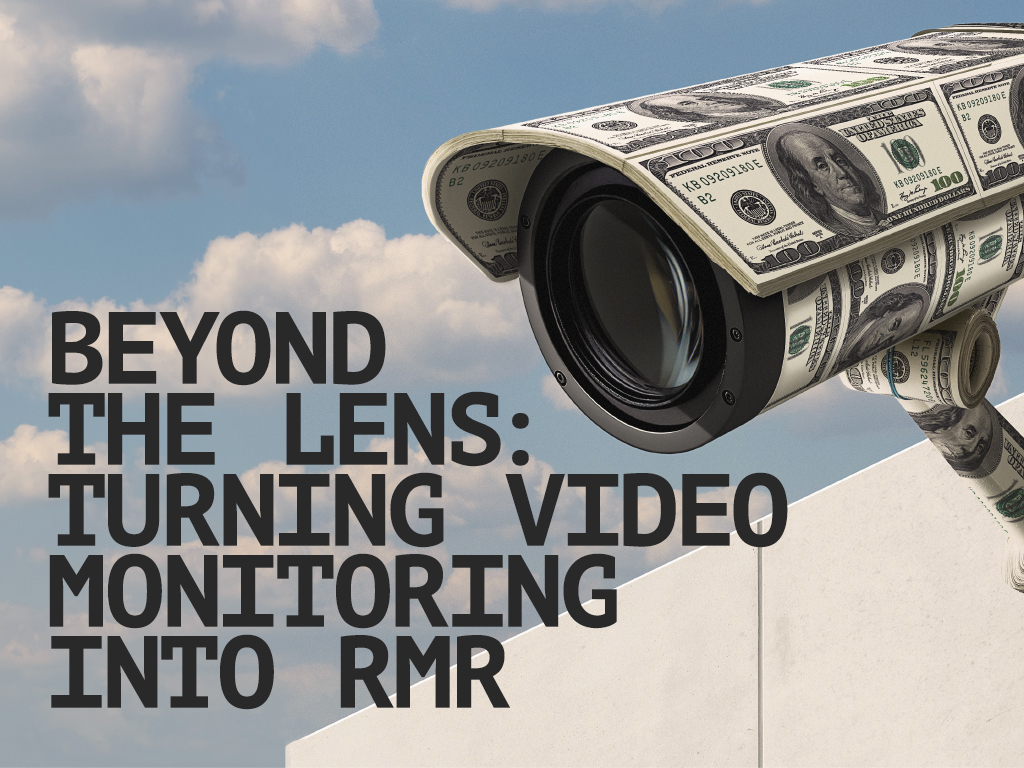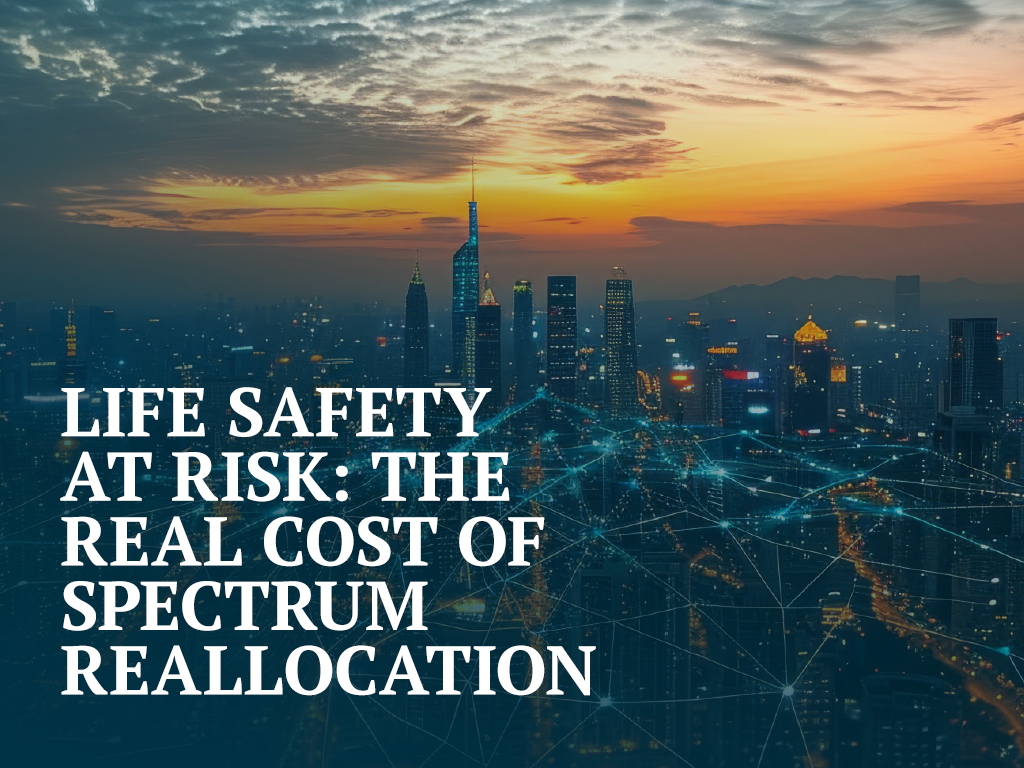Making Horse Whips in a Horseless Carriage World

I can only imagine what a shop owner or small manufacturer of saddles, horse whips and other transportation goods thought when they saw the first internal–combustion–powered vehicle driving down the dirt road of their town in the 1890s or early 1900s. Did they feel threatened? Did they convince themselves the “horse-less carriage” would be a short-lived fad or expensive hobby for the super-rich? Or did they resist this novel innovation as a threat to their way of life and spend days on end lobbying their legislators to outlaw the use of these machines that posed a threat to their livelihoods? If they did, we can see that didn’t get them very far.
Fast forward to our modern day. We all know how the alarm industry has evolved with new technology rolling out continuously. The home and business intrusion system can now control lights, thermostats and garage doors, and provide live–feed cameras. DIY and 5G are market disrupters, but most companies are adapting and do quite well as home and business integration becomes more ubiquitous. However, this is not necessarily the case for electricians and their traditional scope of business. And here is where we have potential areas of conflict with electrical trade groups that will play out in legislatures in 2021.

As Power over Ethernet (PoE) becomes a more prevalent, cost-efficient option for construction sites, electrical trade groups and unions are garnering their grassroots advocacy tools to push back against the evolving technology for systems integration.
PoE can significantly impact the scope of work for traditional electrical contractors. One 110v outlet can power one ethernet switch that controls several lights through an appropriate ethernet cable. Imagine how much less copper wiring connected to the main circuit panel for lights, audio, video and outlets will be needed if a home or business is equipped with lighting, audio, video surveillance, access control, intrusion, life safety and HVAC with Class 2 and Class 3 circuits that terminate in one or more ethernet switches, requiring far fewer power outlets.
This coming reality is what has electrical contractors gearing up to amend current electrical licensing laws to encompass limited–energy sources that provide lighting, audio and communications. They want integrators who install PoE and other limited–energy, low voltage systems that do no more than plug ethernet switches into an outlet to be licensed electricians with all the apprenticeship and journey person training that comes with those licenses. Imagine having to have a licensed electrician plug your tablet or laptop into a wall outlet.
While no one is arguing this would be the case, electrical contractors are steadfast in their assertion that “light is light.” Electrical licensing laws generally define electrical services as that which creates “light, heat and power.” If that light comes through a completely safe cable connected to an ethernet switch, it should be a licensed electrician who installs that PoE light, so goes their argument. It doesn’t matter that it is providing light through a switch that is connected to an outlet with a plug, much like a table lamp.
Their means to achieve this goal is to remove “Class 2 and Class 3” exemption language from electrical licensing statutes where those thresholds exist and prevent that language from being inserted into current or proposed electrical licensing laws. Another means is lowering the voltage threshold from current electrical licensing language where voltage provides the demarcation.
Ultimately, technology will continue, and market forces will prevail. The limited–power/limited-energy integration of systems that include PoE lighting, audio, video, access control, etc. will continue to increase in market share. It will be a difficult argument for electrical groups to assert that these limited–power systems should require the 3,000 to 7,000 hours of apprenticeship for proficiency in the National Electrical Code that is largely irrelevant to the job they do.
Ultimately, technology will continue, and market forces will prevail.
As these groups make that argument in legislatures across the country, it will be incumbent for electronic security and life safety integrators to join in support with other limited-energy system integrators and their trade groups to seek the proper exclusion of Class 2 and Class 3 circuits from electrical licensing laws. Let those electricians that continue to resist progress be the “horse whip” folks while we drive down the road in that horse-less carriage.




